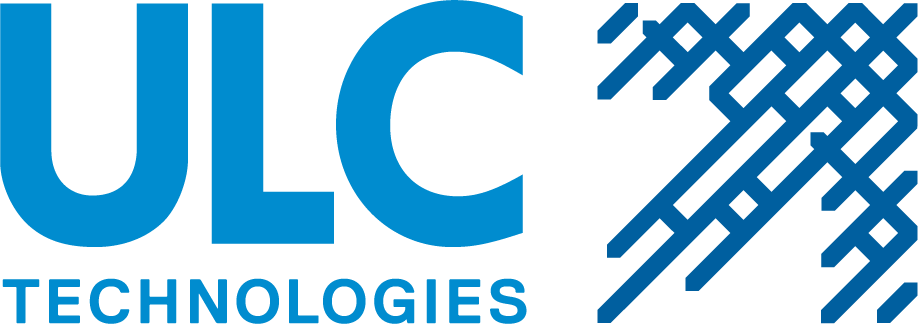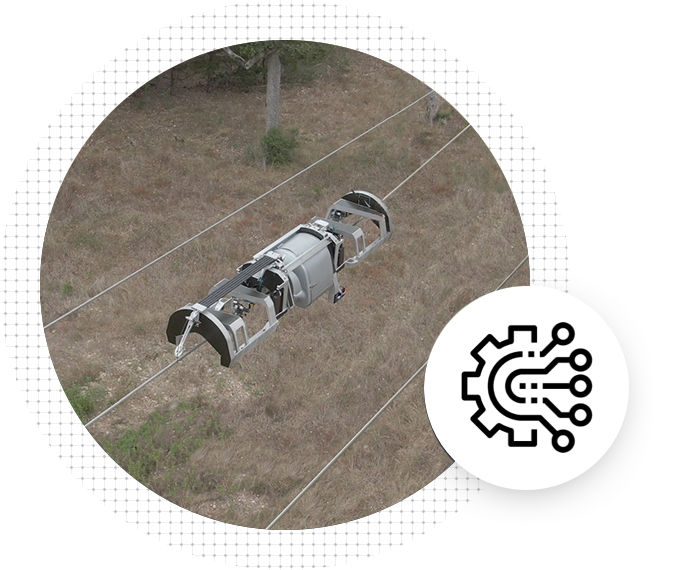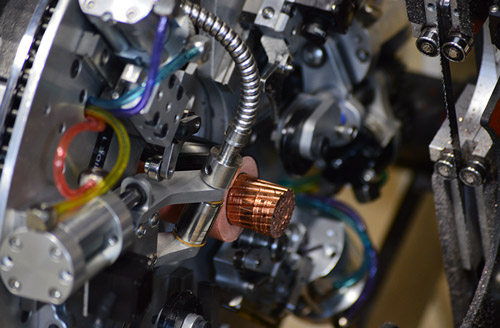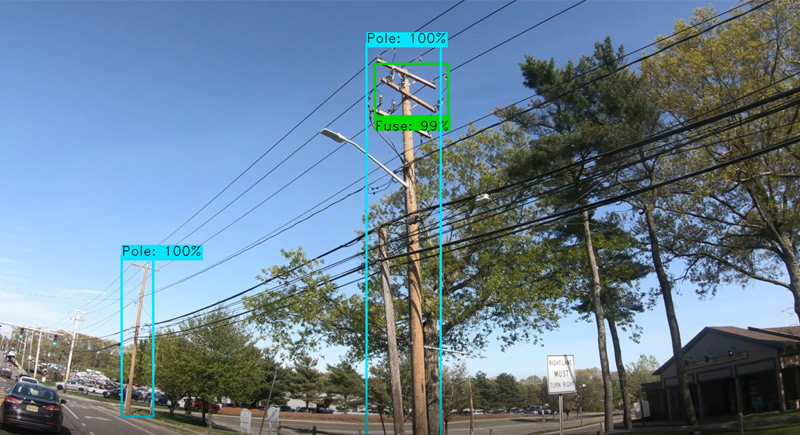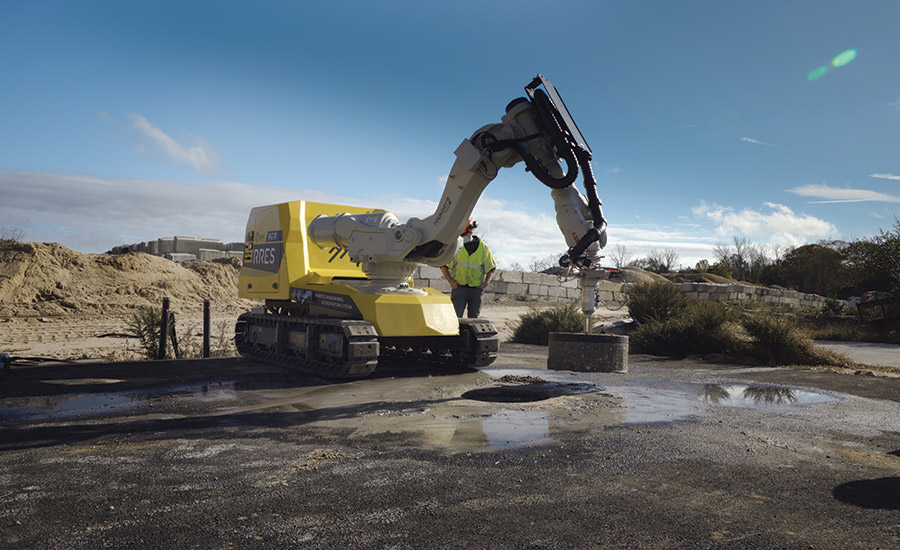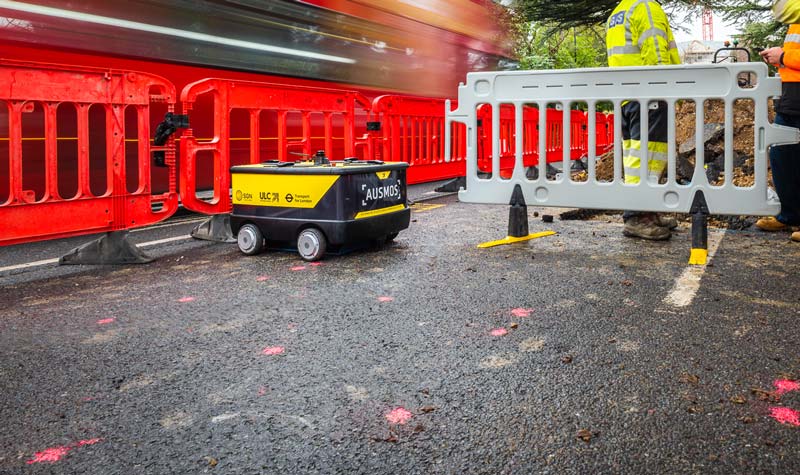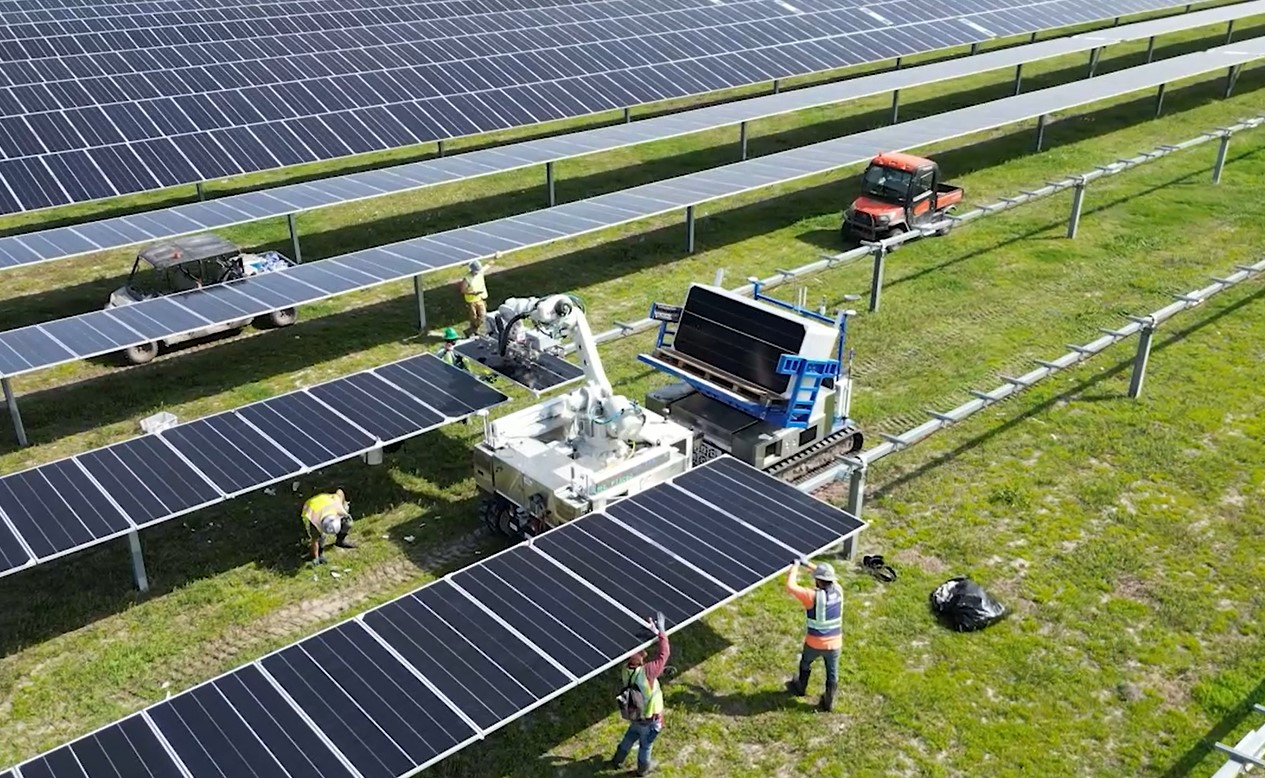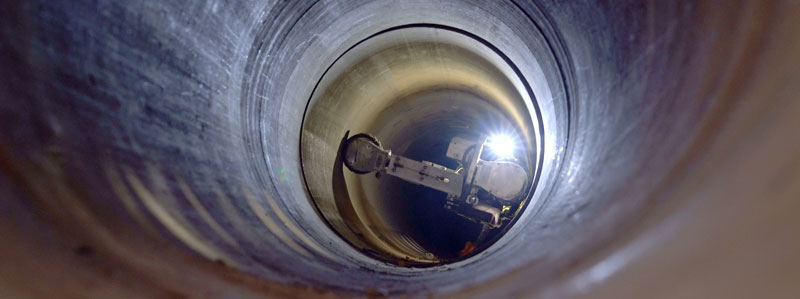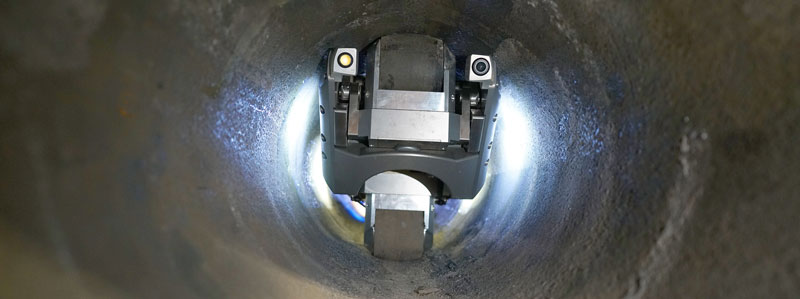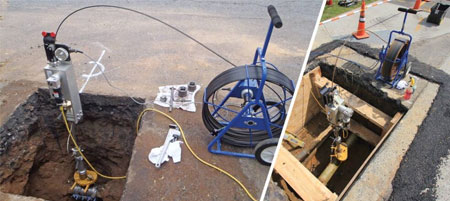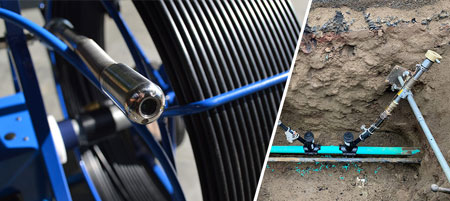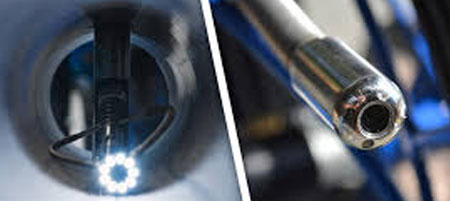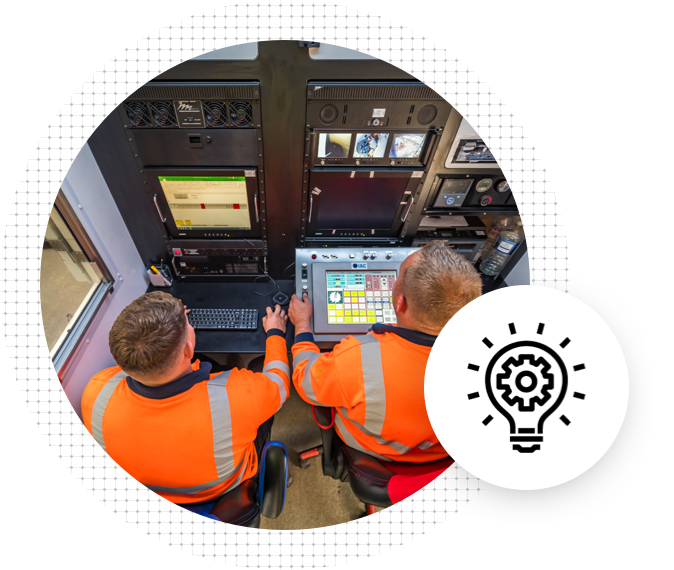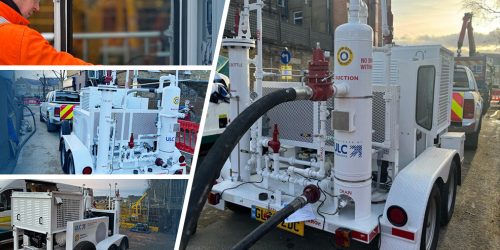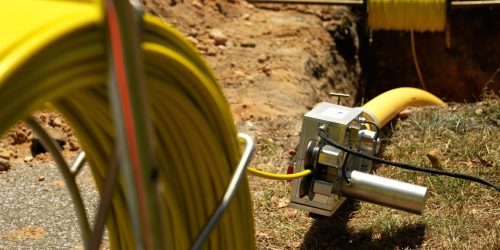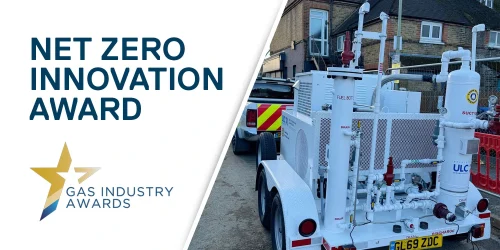ULC Robotics is taking the first steps toward developing a robot that will permanently reside within high-pressure gas transmission mains so that it can be called up to instantaneously repair emergency leaks and perform routine inspection and maintenance activities.
With funding from the Department of Energy’s (DOE) Small Business Innovation Research program, ULC will evaluate the feasibility of developing this smart pipeline inspection robotic system, as well as its integration with existing supervisory control and data acquisition (SCADA) networks. Once mobilized by the SCADA operator the robot would conduct rapid repairs within live conditions, as well as execute inspections for the prevention of leaks.
With over 400,000 miles of transmission pipeline in use across the US the demand for the development of an economical way to inspect, monitor, and repair these networks is tremendous. The DOE has previously funded research to develop low-cost, continuous monitoring, and self-repairing solutions but has yet to find one that can travel long distances and perform immediate repairs.
We are looking to create an end-to-end solution to quickly limit methane emissions from leaks,” says Aalap Shah, R&D Project Manager. “The resident inline robot would minimize the environmental damage caused by aging infrastructure and excavation.”
Residing in a smart branch within the pipeline, the system will consolidate inspection and repair capabilities into a single solution without the need for disruptive excavation. It will also lower overall energy consumption and surpass the limitations of current solutions regarding response time and cost.

